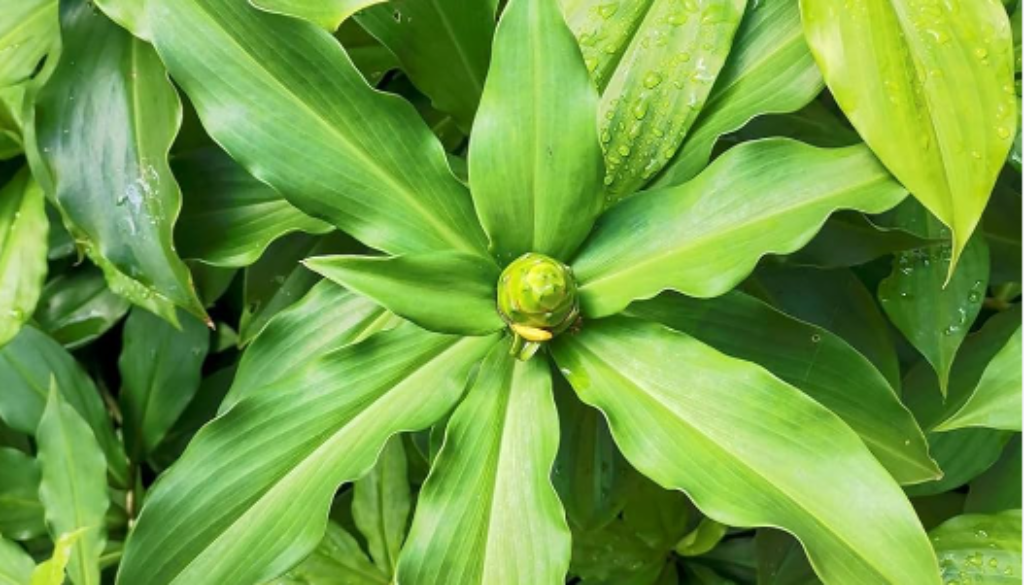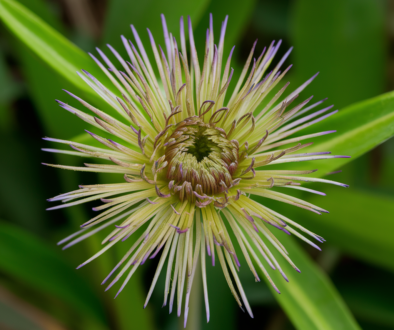Insulin Plant
The Insulin Plant, scientifically known as Costus igneus or Chamaecostus cuspidatus, is a perennial herb native to Southeast Asia. Named for its purported ability to regulate blood sugar levels, this plant has garnered attention for its potential medicinal properties. While scientific evidence regarding its efficacy is limited, the Insulin Plant remains a subject of interest in traditional medicine and alternative health practices.
Part Used: The leaves of the Insulin Plant are primarily utilized for their purported medicinal benefits. These leaves contain bioactive compounds such as corosolic acid, which are believed to enhance insulin sensitivity and aid in glucose metabolism. As a result, the leaves are often consumed fresh or as a tea to potentially regulate blood sugar levels in individuals with diabetes or metabolic disorders.
Usage: In traditional medicine, the Insulin Plant is commonly used as a natural remedy for managing diabetes and related conditions. The leaves are typically chewed or brewed into a tea for consumption. Some practitioners also advocate for the use of Insulin Plant supplements or extracts to harness its potential medicinal properties. However, it’s important to note that scientific research on the efficacy and safety of the Insulin Plant is still ongoing, and individuals should consult with healthcare professionals before incorporating it into their treatment regimen.
Agrotechniques: Cultivating the Insulin Plant requires a warm, tropical climate with well-drained soil and adequate sunlight. It can be propagated from stem cuttings or seeds, with planting typically done in nutrient-rich soil during the rainy season. Regular watering and occasional fertilization promote healthy growth and leaf production. The plant is relatively low-maintenance and can thrive in both outdoor gardens and indoor pots. With proper care, individuals interested in exploring the potential health benefits of the Insulin Plant can cultivate it at home for personal use.




